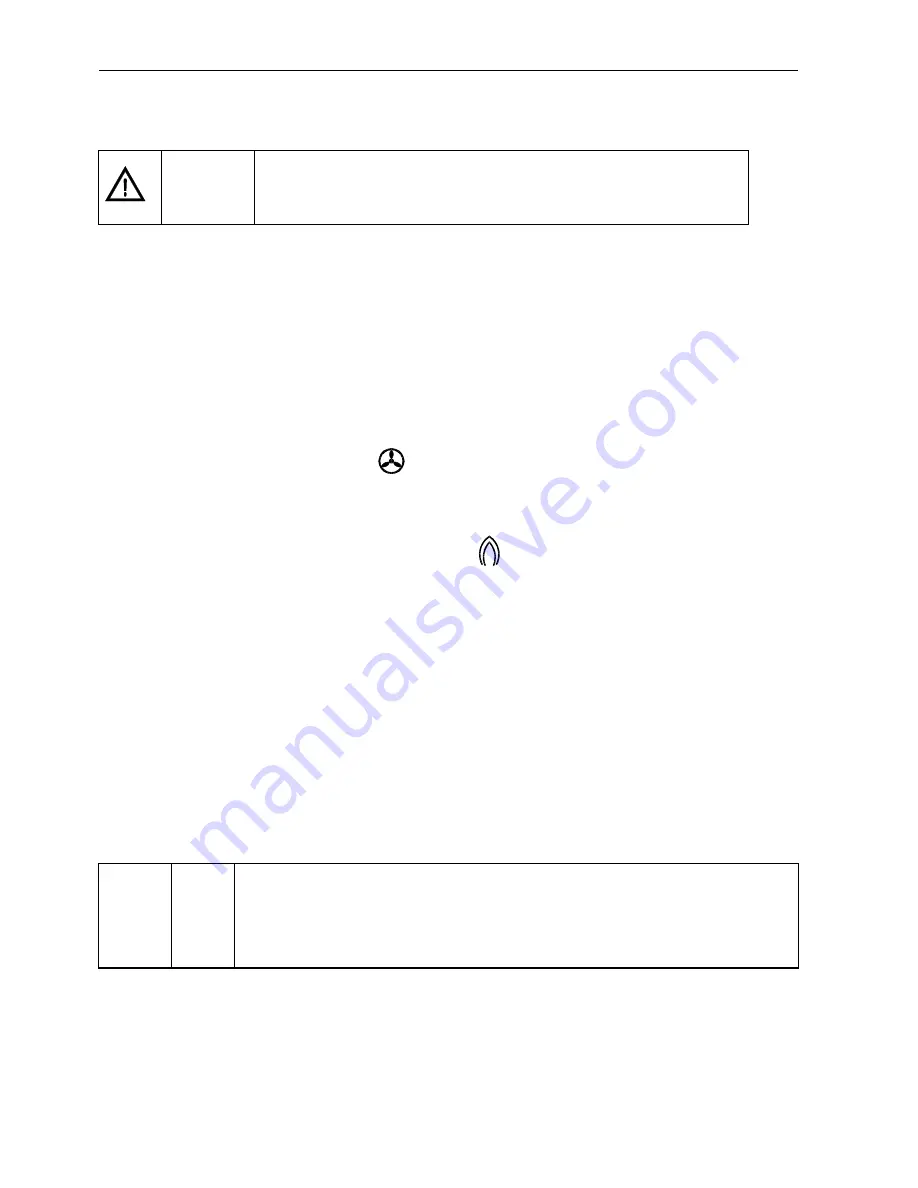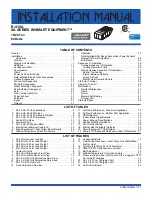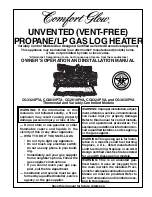
6 Commissioning and adjustment
Page 16
6. Commissioning and adjustment
6.1. General
CAUTION
The "ventilate" mode is particularly useful in the summer. However,
you must make sure that there is enough oil in the tank, since the oil
pump could seize if it is not being lubricated by the oil.
6.2. Installation
Before using the heater, read the safety instructions and make sure that the heater, fuel lines, oil tank,
electrical supply and room thermostat are connected as described. (See chapter 1.2, 1.3, 2.2 "Safety
instructions" and Chapter 4).
Check the oil in the oil tank and proceed as follows: (*=when using oil boxes)
1.*
Open the oil valves of the oil tank and oil boxes.
2.* ` Open the air bleeding valve of the oil box closest to the oil tank. As soon as it is full, oil will pour
out, close the valve directly.
3.*
Repeat this with all the following boxes.
4.
Connect the heater to the mains.
5.
Put the heater in mode “ventilate”:
The motor will start turning and the oil pump will begin drawing oil from the tank. Wait while oil is
drawn through the oil filter on the pump and flows along the return line back to the tank. Once
this stage is reached, the oil system is primed.
6.
Set the BCU back into mode “automatic”: AUTO
7.*
Open the air bleeding valves of the oil boxes again to remove air bubbles. As soon as oil pours
out, close the valve again.
8.*
Repeat steps 4 to 7 with all other heaters
The heater is now ready for use.
Room thermostat
For the heater to be regulated automatically, the BCU has to be in mode “automatic”. Set the room
thermostat to the required temperature. When the room temperature falls below the set level, the heater
will start and will keep heating until the temperature reaches the set level.
Depending on the type of room thermostat in use and where it’s positioned, the room temperature is
able to vary within a band either side of the temperature to which the thermostat is set. The difference
between the temperature at which the room thermostat cuts in and the temperature at which it cuts out
is referred to as the thermostat's differential. The smaller the thermostat's differential, the more often the
heater will come on and go off.
NOTE
We advise using a room thermostat with a differential of ± 2
°
C.
It will activate the heater when the room temperature drops 1
°
C below the set
temperature, and deactivate when the room temperature rises 1
°
C above the
set temperature. Using a thermostat of this kind will reduce the likelihood of
faults and improve the performance of your heater.
Disconnecting the heater
To disconnect the heater, wait until it is inactive and the fan has stopped (let it cool-down properly), then
remove the mains plug from the socket.













































